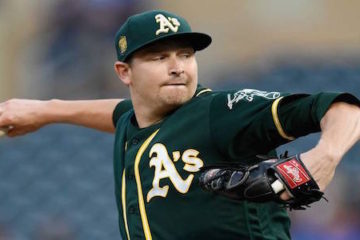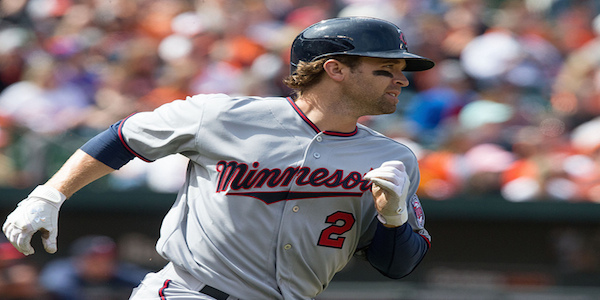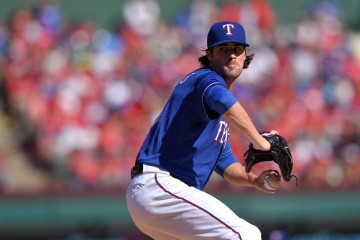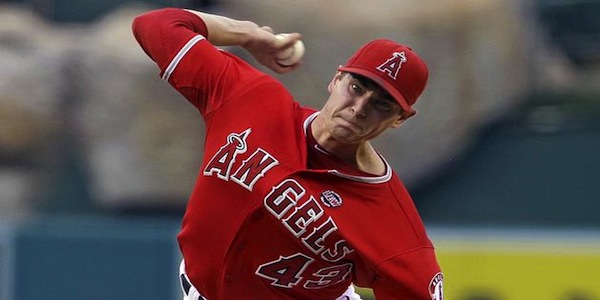2014 Fantasy Baseball: The Fielding Factor NL
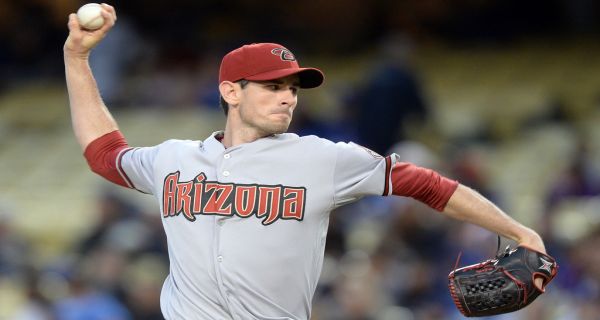
After looking at all three tiers of the NL only starters, we have discovered that pitchers themselves have very little control over what happens once the hitter makes contact with the ball. Strikeout rates were far and away the best predictor of pitcher success between the three tiers. Of course, that doesn’t mean that strikeouts are the only predictors for pitching success. What it does mean is that how pitchers interact with the fielders on their team plays a huge role in determining their success.
You cannot evaluate any starting pitcher in a vacuum. It pays to look at the fielding numbers for each team to find out which starting pitchers are potential sleepers and which ones it pays to avoid. Looking at the overall fielding numbers for each team helps some, but it is more helpful to break down the fielding numbers by the infields and outfields respectfully.
For our purposes, we are using defensive runs saved (DRS) from The Fielding Bible. No fielding system is perfect and the great minds in sabermetrics are always searching for a better model, but DRS represents the best of what we currently have. So, what we will see are the projected regulars’ totals for DRS from last season. We don’t have the room to look at all of the fielders, so for each team you will see the infield total, outfield total, and overall total.
From there, we can look at individual pitchers and how their batted ball statistics match up with what their teams do well. This only makes sense from the results we have already seen. There doesn’t seem to be any rhyme or reason to the ground ball rates we have seen and the success or lack of success of the pitcher. So, it only makes sense that the deciding factor is not the pitcher himself but the team he pitches for.
|
Infield |
Outfield |
Total |
|
| Diamondbacks |
-3 |
51 |
48 |
| Pirates |
23 |
22 |
45 |
| Rockies |
49 |
-5 |
44 |
| Cubs |
38 |
-3 |
35 |
| Dodgers |
29 |
5 |
34 |
| Reds |
15 |
16 |
31 |
| Brewers |
-14 |
36 |
22 |
| Braves |
-14 |
36 |
22 |
| Nationals |
-3 |
8 |
5 |
| Cardinals |
11 |
-15 |
-4 |
| Padres |
5 |
-14 |
-9 |
| Mets |
-15 |
-1 |
-16 |
| Giants |
-2 |
-17 |
-19 |
| Marlins |
-10 |
-9 |
-19 |
| Phillies |
-24 |
0 |
-24 |
Keep in mind that the numbers we are looking at are last year’s numbers. Mark Trumbo did not play a whole lot of left field last year, so the numbers are probably a bit skewed. However, looking at the Diamondbacks as simply the best fielding team in the National League is an overly simplistic way to look at it. They are the best outfield defense in baseball largely because of Gerardo Parra. So, when we look at the projected five man rotation for the Diamondbacks, we should look at their ground ball, fly ball, and line drive rates. When we look at the pitchers with this data then we will know which pitchers are more than likely to perform better this year. This kind of study is particularly important for pitchers that are changing teams like Bronson Arroyo. For our purposes here, we will look at the career batted ball rates for the projected five starters.
|
GB% |
FB% |
LD% |
|
| Brandon McCarthy |
41.6 |
37.3 |
21.1 |
| Wade Miley |
47.8 |
30.3 |
21.9 |
| Trevor Cahill |
55.2 |
27.3 |
17.5 |
| Bronson Arroyo |
40.6 |
39.6 |
19.8 |
| Randall Delgado |
45.0 |
34.9 |
20.1 |
In their annual preseason publication, Baseball Prospectus blistered the Diamondbacks front office because of what seemed like a lack of planning. They accused John Towers of making decisions by the seat of his pants. The numbers above reflect that fact. All of the pitchers are more ground ball than fly ball in reality even though the clear strength of the Dbacks fielding would come in the outfield. In particular, on a different team and a different set of circumstances, Trevor Cahill would be a really good pitcher. Make him a Tampa Bay Devil Ray or a Chicago Cub and he might be one of the best pitchers in the league.
Unlike the good folks at Baseball Prospectus, I’m going to cut the D-backs some slack on this issue. Wade Miley and Trevor Cahill are the most lopsided ground ball pitchers on the staff and they are home grown. The most balanced arm on the staff (Bronson Arroyo) was acquired this offseason. Since he has the highest fly ball rate on the staff, he is the one that is mostly likely to get the good batted ball luck this season.
We could easily flip the score a little and look at the worst individual unit in the National League. The Phillies -24 ranking on the infield represents the worst individual unit from the National League. We can look at their starting pitchers as well. In particular, we want to see if any of their new starters (namely A.J. Burnett) are a good fit or bad fit for the strengths and weaknesses of their team.
|
GB% |
FB% |
LD% |
|
| Cliff Lee |
40.4 |
39.6 |
20.0 |
| Cole Hamels |
43.2 |
37.4 |
19.3 |
| A.J. Burnett |
50.4 |
31.1 |
18.5 |
| Kyle Kendrick |
46.5 |
33.1 |
20.4 |
| Roberto Hernandez |
57.7 |
25.8 |
16.5 |
Funny, but Baseball Prospectus also gave the Phillies a hard time and it’s not hard to figure out why. Both Roberto Hernandez and A.J. Burnett are new starters for the Phillies and they have the exact wrong numbers for the defensive breakdown of the team. Essentially, the Phillies infielders are either subpar defensively or getting old (or both). Burnett is a good pitcher, but he is in a bad situation here and Burnett owners are probably going to end up being disappointed. It pays to look at this information before you draft.


